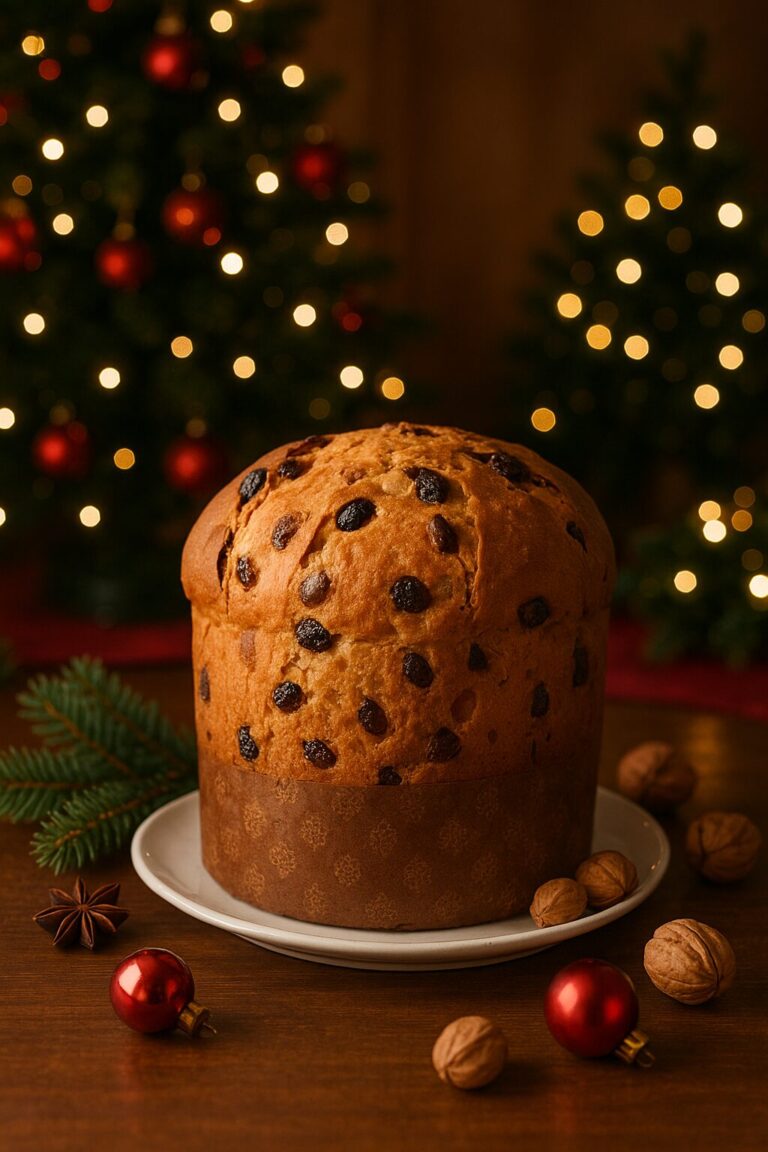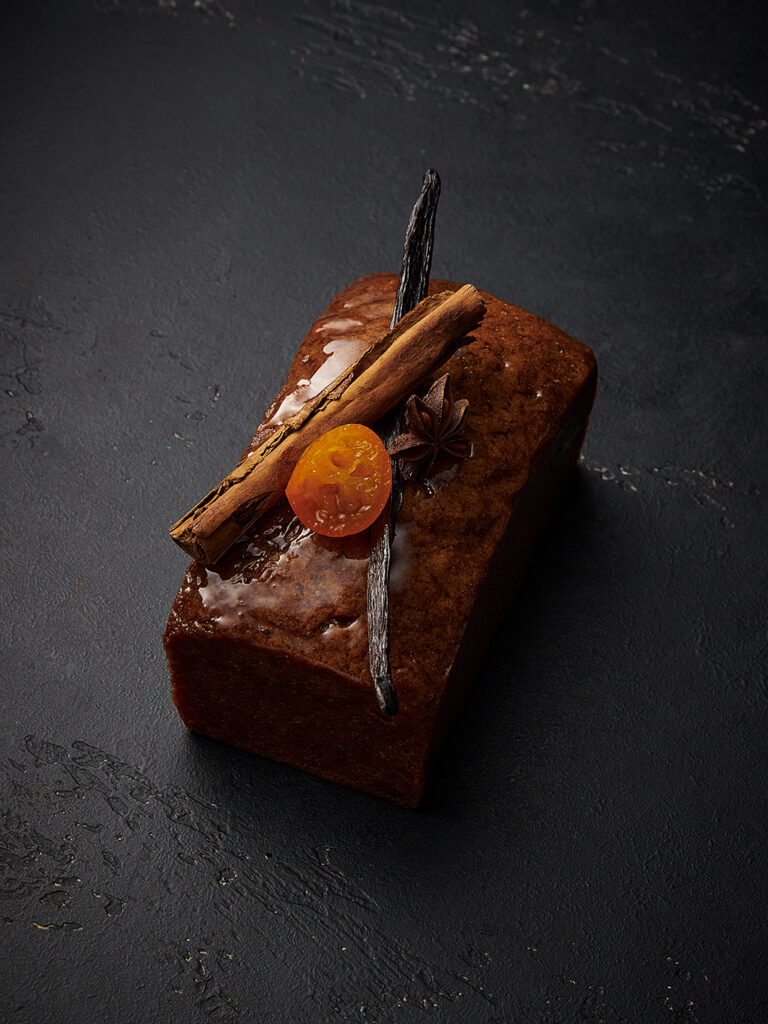For the past ten years or so, new citrus fruits have made their way into gastronomy and haute patisserie. These include hitherto unknown fruits such as Buddha’s hands, with their finger-shaped claws, yuzu, combava, sudachi or lemon caviar whose flesh is made of small marbles that pop in the mouth, delivering an acidic juice when chewed.
Pierre Hermé cannot live without these fruits: “For me, citrus fruits, and especially lemon, are part of patisserie seasonings just like sugar or salt. The special character of these fruits comes from their acidity, like lemon, but also to their bitterness and fragrance. “The patissier chef is looking both for perfume in the mouth and the “nose” of his creations…
A fruit & an infinite number of possibilities
“Lemon is definitely the one I use the most. I use it for example to perfume my cakes or to enhance the taste of strawberries. Of course, Pierre Hermé buys his lemons “at source” from Sicily. “We use between 300 and 400 kilos of lemons per week, depending on the periods and creations. It is an ideal companion. Bergamot is also great, as is lime, which I adore. Its zest is a wonderful seasoning, just like Buddha’s hand. »
From the scientific side, Yann Froelicher, who has been working on citrus fruits in Corsica for the past twenty years, and directs an innovation program on varieties, finds them simply “extraordinary”: “These fruits possess a unique universe in their phenotypic (visual) diversity, ranging from the half-centimetre long mini-kumquat to the 5 kg grapefruit, not to mention their extraordinary range of colours. This visual diversity, in the nose and in the mouth, is unique in the plant kingdom. In addition to their use as edible fruits, and in cooking and patisserie, they are also used in perfumery, pharmacy, alcohol or the juice industry. »
Right below the sun…
As Yann Froelicher explains, if botanists disagree on the number of “species” or “botanical genera” of citrus fruits, each species nevertheless has a large number of varieties. “There are 200 to 300 varieties of orange, and new ones are created every year. The orange tree is the citrus fruit with the greatest accumulation of natural mutations. This is because it is the oldest, and is believed to have appeared 5000 years ago in Southeast Asia. We find blood oranges, semi-blood oranges with or without seeds, table oranges, juice oranges… The same applies to clementines, which have over a hundred varieties: Commune, Nules, Clemenrubi, early or late… »
The fruits came from Asia alongside their great conquerors and through trade routes, citrus fruits, starting with the citron tree (of the citrus genus). They arrived as early as the 3rd century BC in the West. “There are traces of them in the writings of Theophrastus who says that Alexander the Great brought the citron back from the Indus Valley,” explains the researcher. The citrus fruits then travelled around the Mediterranean, where they were appreciated very sweetened. Then to North America, with Christopher Columbus, and to South America, before arriving in South Africa and Australia, where they have been cultivated for only a century and a half. With their many stylish offerings in our plats today, for Pierre Hermé these fruits with “the highest intensity of taste” are extremely beneficial for health. A real ray of sunshine in winter that we cannot do without.


